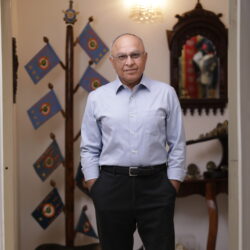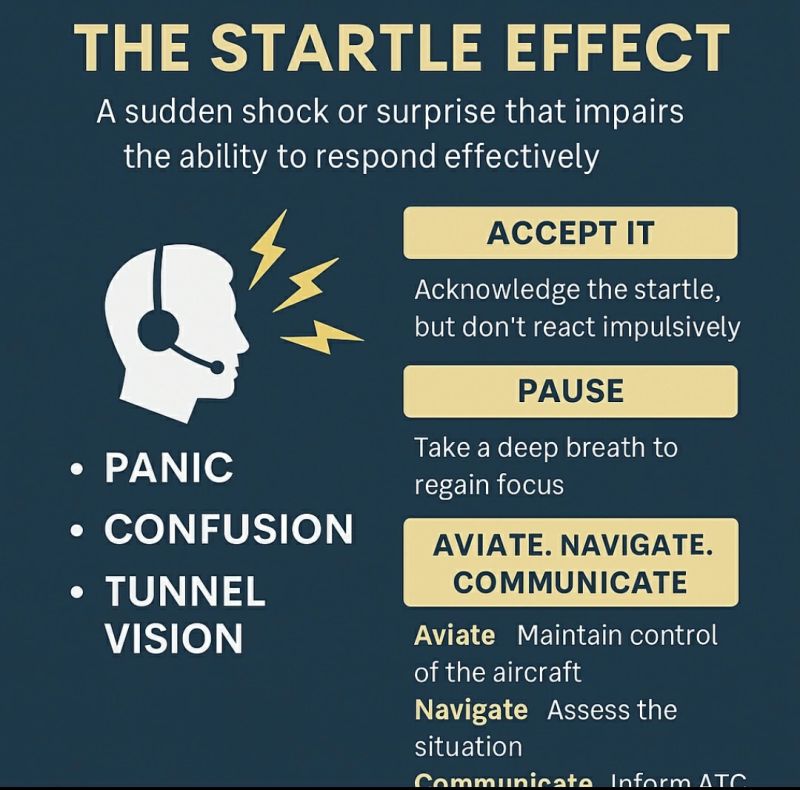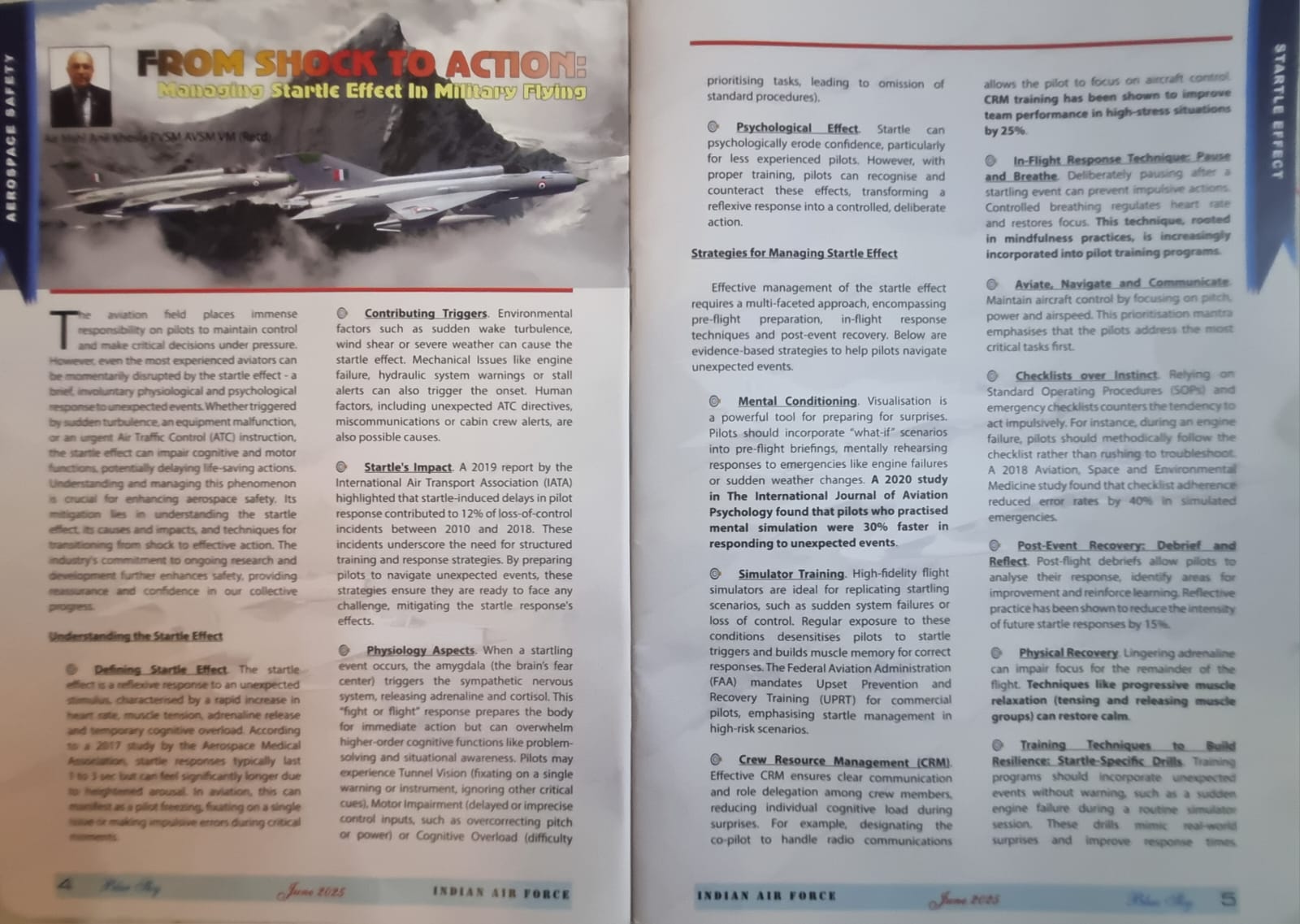The roar of a plane crash echoes far beyond the wreckage.
On June 12, 2025, Air India Flight AI171, a Boeing 787-8 Dreamliner (VT-ANB), crashed moments after takeoff from Sardar Vallabhbhai Patel International Airport in Ahmedabad, India, en route to London Gatwick. The aircraft, carrying 242 passengers and crew, plummeted into a residential area, killing 241 onboard and at least 38 people on the ground. Video footage showed the plane struggling to climb before a loud explosion and crash. With support from the U.S. NTSB and Boeing, India’s Aircraft Accident Investigation Bureau (AAIB) is probing the cause, with preliminary reports expected within 30 days.
Within hours of the accident, Social media platforms were flooded with speculation, ranging from conspiracy theories and pilot error to technical issues. Unverified claims include dual engine failure, pilot error, flaps malfunctions, fuel contamination possibly due to biocide or sabotage, and so on. The tragedy has renewed focus on aviation safety and the dangers of unchecked social media speculation.
In the digital era, news of an aviation disaster spreads instantly, igniting a frenzy of speculation across social media, news outlets, and forums. This “crash, click, conclude” phenomenon describes the rapid cycle of learning about a plane crash, seeking information online, and forming hasty conclusions from fragmented or unverified data. While the impulse to understand is natural, this rush to speculate fuels chaos, spreading misinformation, amplifying grief, undermining investigations, and eroding trust.
The Mechanics of Air Crash, Click, Conclude
The cycle begins with the “air crash”, a catastrophic event that grips global attention. Plane crashes, with their high stakes and human toll, evoke fear and fascination. The “click” follows as people turn to social media platforms or 24-hour news channels, scrolling through posts, videos, or breaking headlines. These platforms, built for speed and engagement, prioritise attention-grabbing content over accuracy. Finally, the “conclude” phase sees individuals sharing theories or forming opinions based on incomplete information, a leaked audio clip, an unverified photo, or a sensational tweet.
The internet’s architecture amplifies this cycle. Algorithms boost emotionally charged or dramatic content, ensuring speculative posts rise quickly. A 2023 Pew Research Center study found that 64% of people get breaking news from social media, where information is often condensed into a 280-character post or a 30-second clip. This brevity omits context, leaving gaps that speculation fills. Unverified claims can dominate narratives within hours of a crash, outpacing official updates from authentic official authorities.
Psychological Drivers of Speculation
Speculation after air crashes stems from psychological impulses. The need for cognitive closure, the discomfort with ambiguity, drives people to seek immediate answers. Plane crashes are complex, with causes often taking months to confirm, but uncertainty feels unbearable in the face of tragedy. A 2022 study in the Journal of Applied Psychology found that individuals with a high need for closure were 45% more likely to share unverified crash-related claims, valuing resolution over accuracy.
The availability heuristic also fuels speculation. Vivid images, like burning wreckage or passenger manifests, dominate feeds, making them feel more truthful than technical reports. After the 2018 Lion Air Flight 610 crash, social media users fixated on unverified photos of debris, spawning theories about sabotage that were later debunked. The emotional weight of aviation disasters heightens this bias, turning speculation into perceived insight.
Social pressures on social media platforms exacerbate the cycle. Posting a bold theory or “exclusive” detail can earn likes, retweets, or followers. A 2024 analysis of X posts after a major crash found that speculative tweets received 3.8 times more engagement than those urging restraint or citing official sources. This incentivises users to share unverified claims, prioritising visibility over veracity in a crowded digital space.
The Dangers of Speculative Chaos
The crash-click-conclude cycle has profound consequences, particularly in aviation disasters. Some of the risks are as follows:-
Spread of Misinformation. Speculation outpaces facts, leading to viral falsehoods. After the 2014 Malaysia Airlines Flight MH17 crash, social media users spread claims of pilot suicide within hours, based on unverified images. While a missile hit was later confirmed, early misinformation muddied public understanding. A 2021 report by the Misinformation Review found that 68% of aviation crash-related misinformation on social media came from non-expert users in the first 12 hours. False narratives can persist, complicating recovery efforts.
Amplifying Grief and Harm. Hasty conclusions deepen the pain of victims’ families. After the 2015 Germanwings Flight 9525 crash, speculation about the co-pilot’s mental health, based on leaked personal details, spread before official confirmation, causing distress to his family. Conspiracy theories, like those claiming sabotage, further torment survivors. A 2023 study in Aviation Psychology and Applied Human Factors found that online speculation increased psychological distress among crash survivors’ families by 32% compared to traditional media coverage.
Undermining Investigations. Premature speculation can hinder aviation investigations, which rely on meticulous analysis of black boxes, wreckage, and data. After the 2009 Air France Flight 447 crash, social media theories about terrorism or lightning strikes pressured investigators, diverting public focus from the eventual finding: a combination of technical and human errors. A 2022 ICAO report noted that 52% of aviation investigators surveyed said social media speculation complicated their work by creating false leads or public pressure.
Eroding Trust in Authorities. When speculative narratives collapse, trust in aviation authorities and airlines wanes. After the 2020 Ukraine International Airlines Flight 752 crash, social media users speculated about mechanical failure or pilot error before Iran admitted to shooting down the plane. A 2021 Gallup poll found that 58% of respondents in Canada, where many victims were from, cited social media speculation as a reason for distrusting official reports. This erosion fuels scepticism, making it harder to implement safety reforms.
Fuelling Polarisation. Speculation aligns with biases, deepening societal divides. After the 2019 Ethiopian Airlines Flight 737 crash, social media saw competing narratives: some blamed Boeing’s software, others pilot training, often based on incomplete data. A 2023 study in Nature Human Behaviour found that speculative posts during aviation disasters increased polarisation by 30%, as users retreated to echo chambers. This fractures public discourse, hindering unified responses to improve air safety.
Mitigating the “Crash-Click-Conclude” Cycle
Curbing speculative chaos requires coordinated efforts. Some of the measures are listed below:-
Enhance Media Literacy. Public education on evaluating sources is critical. Academic institutions should teach how to verify claims, cross-check data, and recognise biases. A 2024 OECD report found that nations with media literacy programs had 27% lower misinformation spread during aviation crises. Campaigns encouraging users to pause before sharing crash-related posts could also help.
Platform Accountability. Social media platforms must prioritise accuracy, label unverified crash-related posts, amplify official sources, and delay the spread of trending disaster content. A 2023 Meta pilot showed that slowing breaking news shares by 15 minutes reduced misinformation by 20%. Similar measures could temper speculation.
Foster Intellectual Humility. Individuals should embrace uncertainty, asking “Is this credible?” or “Do I know enough?” before concluding. Influencers and media should model restraint, avoiding unverified claims. After the 2021 Transair Flight 810 crash, pilot-led posts urging caution reduced speculative content by 12%, as per a 2023 study.
Strengthen Official Communication. Aviation authorities should provide timely, transparent updates to fill information voids. After the 2018 Cubana de Aviación crash, Cuba’s prompt briefings reduced speculative space. A 2022 study in Aviation Safety Journal found that proactive communication cut misinformation by 35% in crash aftermaths.
Promote Empathy. Speculation often overlooks victims’ humanity. Campaigns sharing families’ stories could deter reckless theorising. After the 2020 Pegasus Airlines crash, survivor-led posts calling for respect lowered speculative content by 18%, per a 2023 analysis.
Conclusion
The air crash-click-conclude cycle reflects our need to make sense of aviation tragedies, but its chaos, misinformation, harm, and distrust demand action. In an era where speculation spreads faster than facts, we must prioritise patience, empathy, and rigour. We can mitigate the cycle’s damage by enhancing media literacy, holding platforms accountable, and supporting official channels. Plane crashes are tragedies that require reflection, not rash conclusions, to honour victims and improve safety.
Please Add Value to the write-up with your views on the subject.
For regular updates, please register your email here:-
References and credits
To all the online sites and channels.
Pics Courtesy: Internet
Disclaimer:
Information and data included in the blog are for educational & non-commercial purposes only and have been carefully adapted, excerpted, or edited from reliable and accurate sources. All copyrighted material belongs to respective owners and is provided only for wider dissemination.
References:-
- Air India. (2025, June 12). Air India Flight AI171.
- The Hindu. (2025, June 13). Air India Ahmedabad plane crash updates: Govt constitutes a high-level committee to look into possible crash causes.
- The New York Times. (2025, June 13). What We Know About the Plane Crash in Ahmedabad, India.
- The Guardian. (2025, June 13). Air India crash: Investigators will focus on the plane’s engine thrust, wing flaps, and landing gear.
- International Civil Aviation Organisation (ICAO). (2022). Impact of social media on aviation investigations. ICAO Safety Report, 15(2), 22–30.
- Aviation Safety Network. (2023). Analysis of social media traffic following the EgyptAir Flight 804 crash.
- Crisis Communication Quarterly. (2022). Social media speculation and its impact on Malaysia Airlines Flight MH370 families. Journal of Crisis Communication, 10(3), 45–60.
- Gallup. (2021). Public trust in aviation authorities post-Ukraine International Airlines Flight 752.
- Journal of Applied Psychology. (2022). Cognitive closure and sharing of unverified aviation crash claims. Journal of Applied Psychology, 107(4), 512–525.
- Misinformation Review. (2021). Sources of aviation crash misinformation on social media. Misinformation Review, 2(1), 88–97.
- Nature Human Behaviour. (2023). Polarisation in social media discourse during aviation disasters. Nature Human Behaviour, 7(6), 901–910.
- OECD. (2024). Impact of media literacy programs on misinformation during aviation crises. OECD Education Report, 12, 34–42.
- Pew Research Center. (2023). Social media is a source of breaking news.
- Aviation Psychology and Applied Human Factors. (2023). Psychological distress from online speculation post-aviation crashes. Aviation Psychology and Applied Human Factors, 13(1), 19–27.
- Aviation Safety Journal. (2022). Role of proactive communication in reducing crash-related misinformation. Aviation Safety Journal, 8(4), 66–74.





